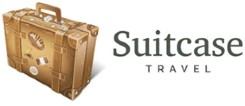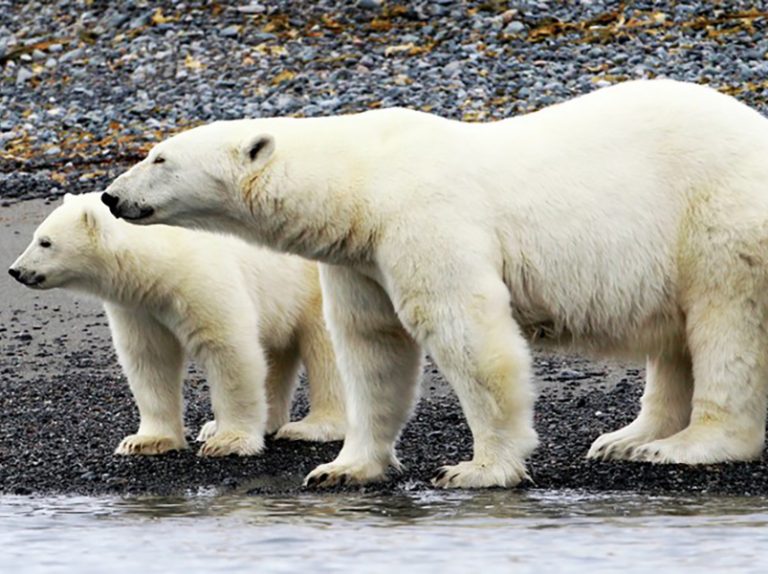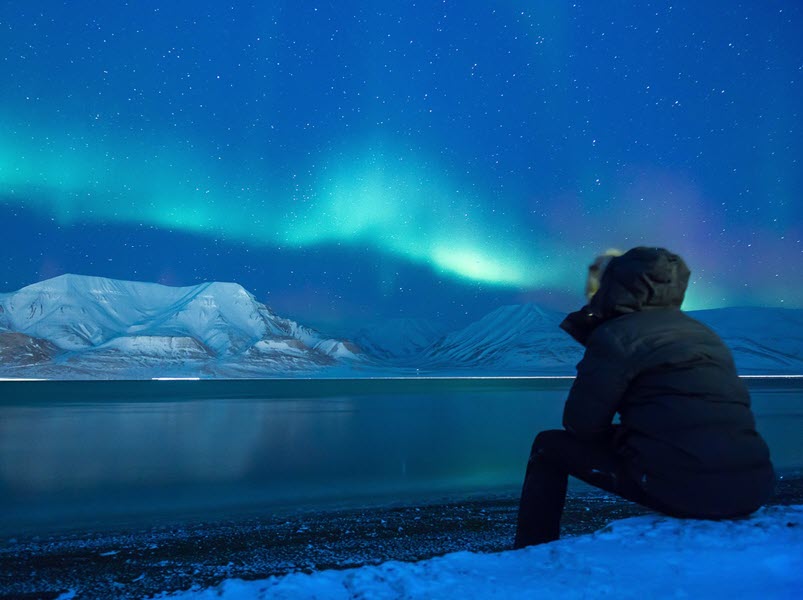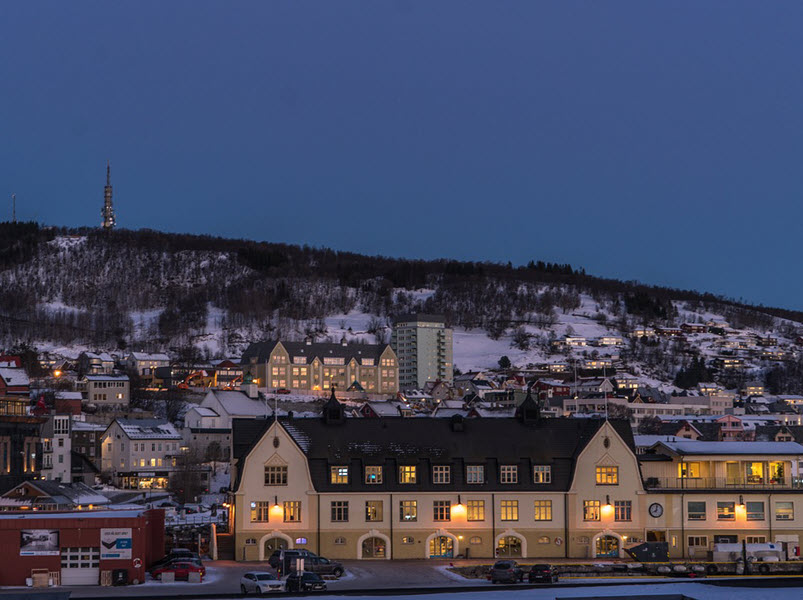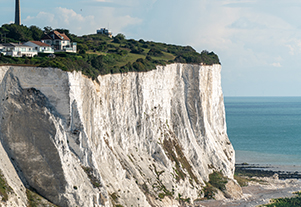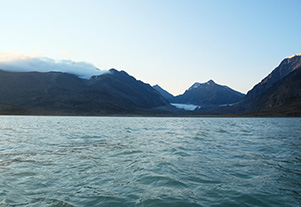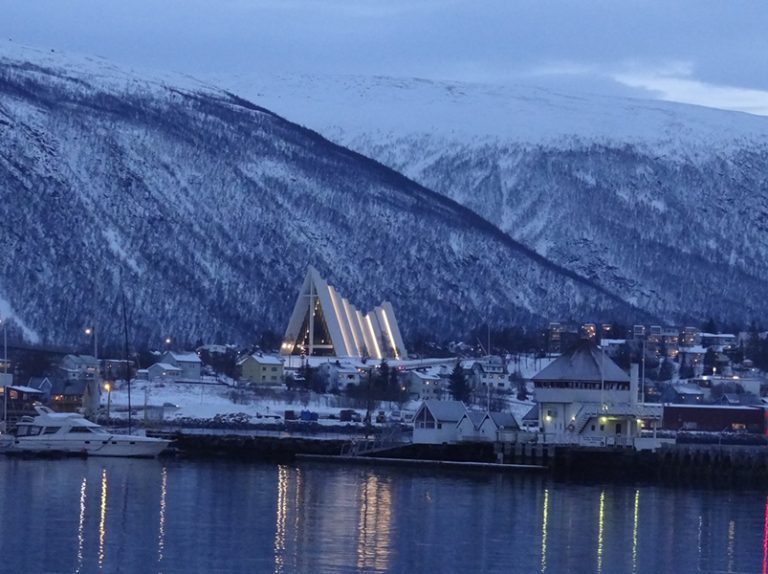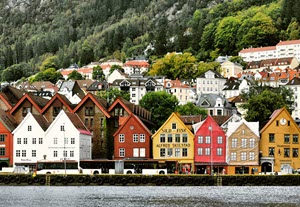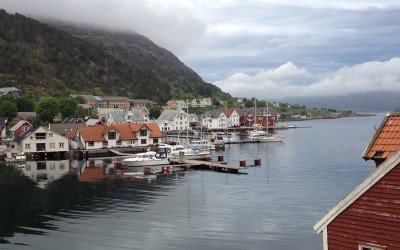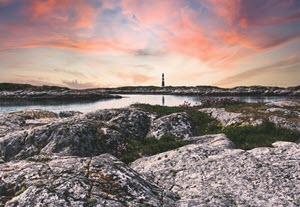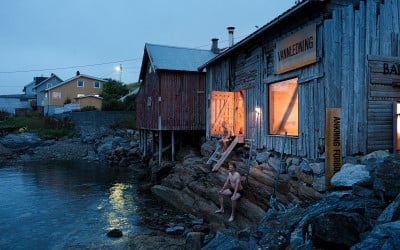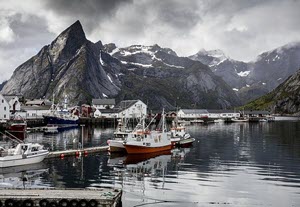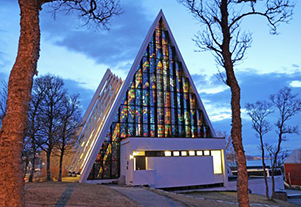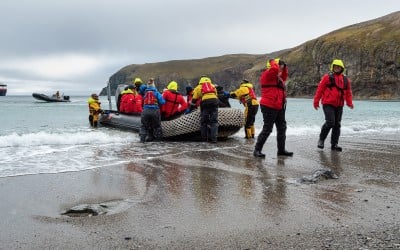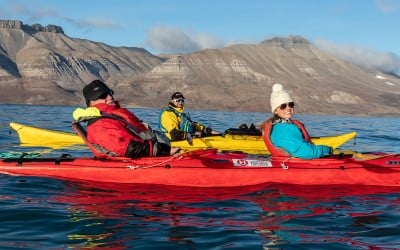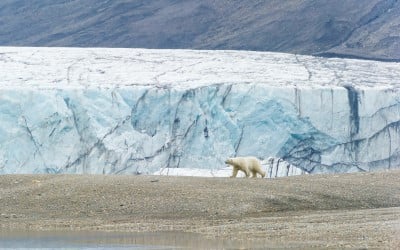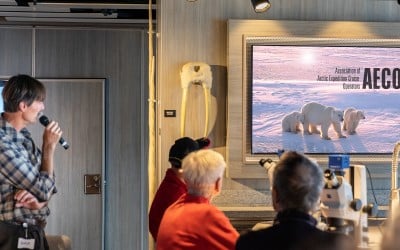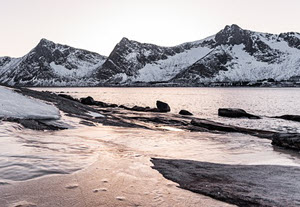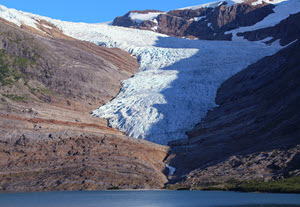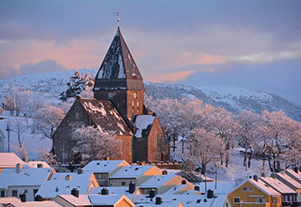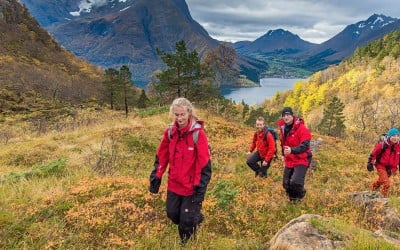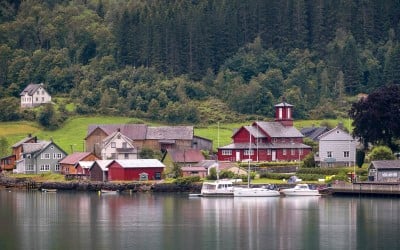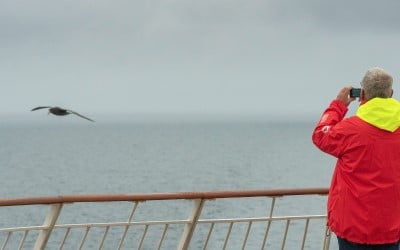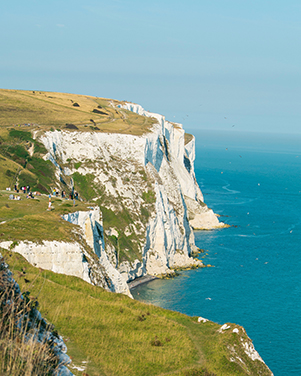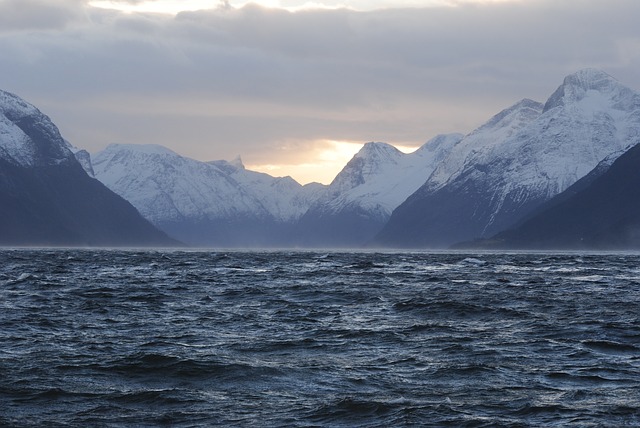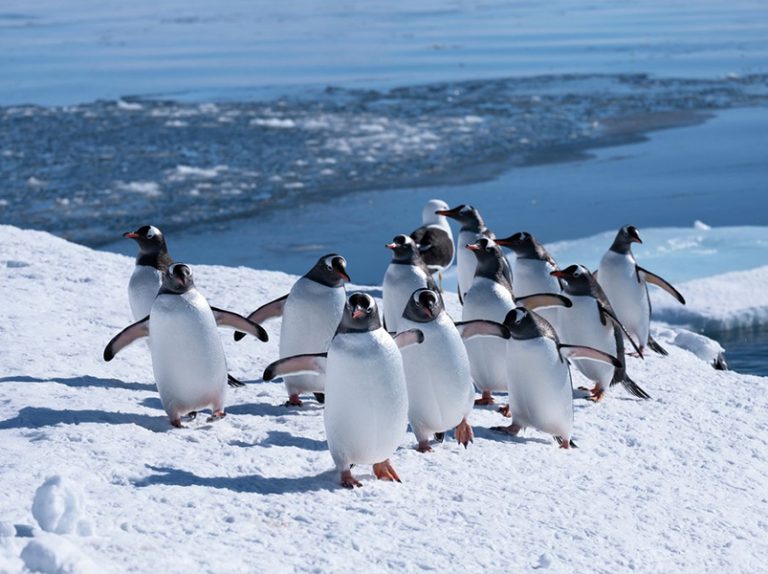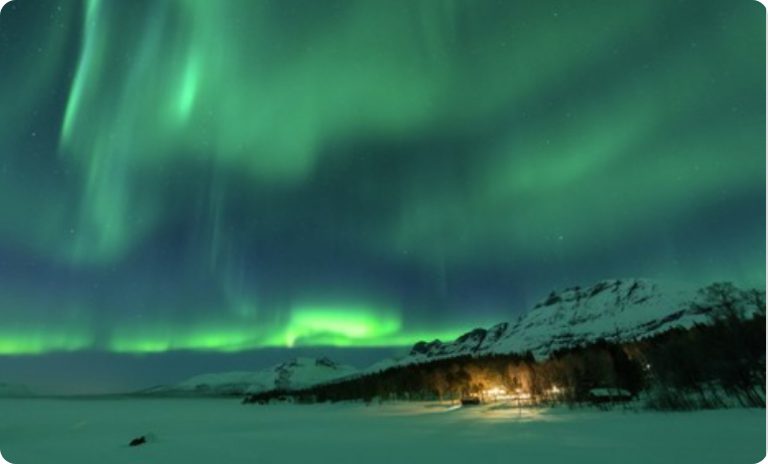Today you will get to explore the area around Mid-Norway windswept islands outside the coast of Trøndelag. Notice how the islands facing the North Sea are a stark contrast to the sheltered fjords, as you will see from the small trees here, bent by the strong wind.
This region of Norway lies at the heart of the Norwegian coast, both geographically and culturally. The beautiful city of Trondheim used to be the country’s capital and King Olav, later beatified as Saint Olav, is buried in the city’s Notre-Dame-inspired Nidaros Cathedral. King Olav fell during a battle at Stiklestad, also found along Trøndelag’s coast. His martyrdom there subsequently paved the way for the conversion of Norway from paganism to Christianity.
When Hurtigruten started sailing north of Trøndelag in 1893, much was still unknown about the coastline. Over the years, we’ve become experts in these waters. Today, we are the only ones with the maritime knowledge and skill to take you through the many skerries and islets, and past fjord after fjord.
Our plan is to explore one of the islands in this area. As part of an authentic adventure, it’s the weather that will determine our exact route and activities today. If the weather is pleasant, we can stay out among the islands along the coast. If otherwise, we can head into one of the sheltered bays.
Once the elements have helped us decide on our destination for the day, we’ll drop anchor and use our small exploration boats to get to shore. If conditions are right, you’ll be able to pick optional excursion hikes or kayaking, or possibly even both.
Frøya is one of the possible islands we will explore this day. It’s a resting, nesting and wintering area for many kinds of seabirds, like seagulls, cormorants, ducks and sea eagles. If we get to go ashore, you may also see seals, mink, otter, hare and deer.
